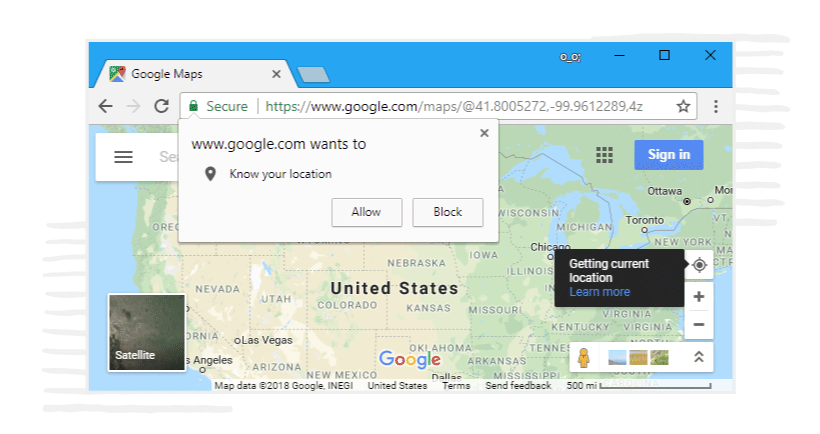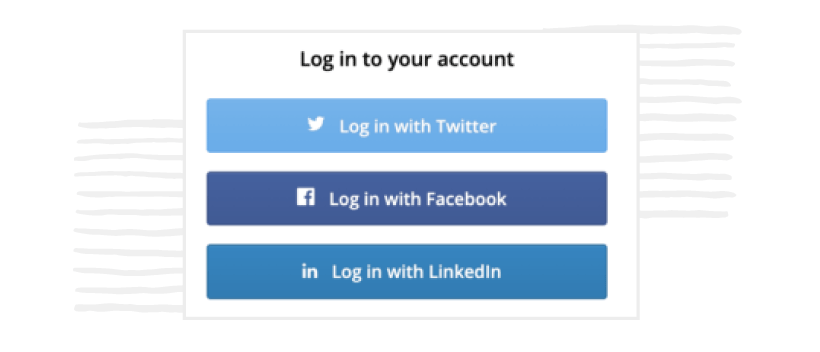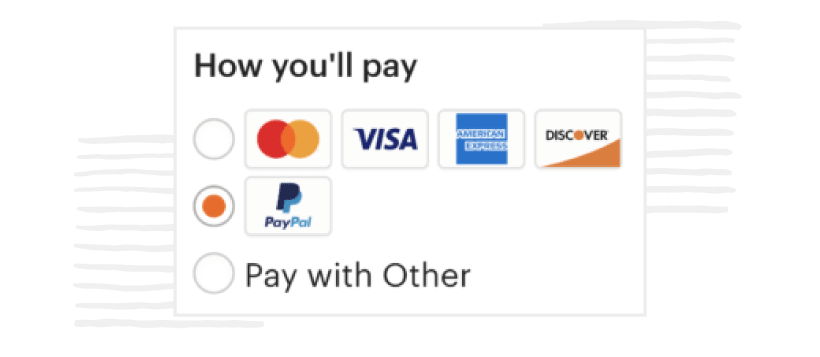What is an application programming interface (API)? An application programming interface is code that lets two applications talk to each other. APIs play a big role in information technology (IT) by letting software exchange data and use each others’ capabilities.
A good way to understand how APIs work is to think of them as a restaurant menu. After a customer selects food from the menu, the order goes to the restaurant kitchen. The customer doesn’t know how the kitchen team prepares his or her food. He or she only sees the end result, the delivered food.
In this analogy, think of one piece of software as the customer and the other as the restaurant kitchen. The menu is the means of communication — like the API — between the two. Both the customer and the kitchen interact through the menu to produce a result.
Common uses for an API
- Allowing logins to applications using existing email or social media credentials
- Paying for e-commerce transactions using payment processors
- Displaying data or information — such as weather, breaking news, or stock market trends — on a device or desktop
- Distributing software updates from a company to its end users
- Providing user location data for applications that need to give directions or identify sites for users
3 examples of APIs
1. Geolocation APIs
Any time you encounter a website or app that wants to know your precise locations, you are interacting with an API. If you grant access to the API, it accesses the global positioning system (GPS) or Wi-Fi networks to determine where you are.
2. Login APIs
Many websites streamline the login process by letting people use existing credentials for Google, Facebook, Twitter, or other sites. In these scenarios, you are interacting with an API that verifies your account credentials on the platform you selected.
3. Payment APIs
Merchants need to collect payment details from buyers, and that involves several systems talking to each other. If shopping online, you may choose PayPal and interact via an API to confirm your account and fund the transaction. There are also APIs that let merchants accept credit and debit cards, bank transfers, cryptocurrency, and more.
These are just a few examples of the many ways we all encounter APIs in our everyday life. When you understand the power of APIs, you can put them to work linking your business with others and spearheading innovation.






